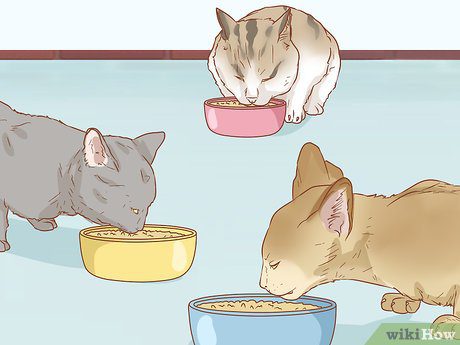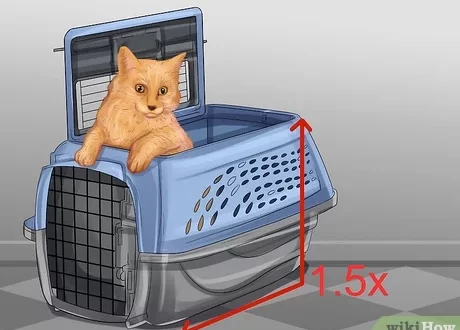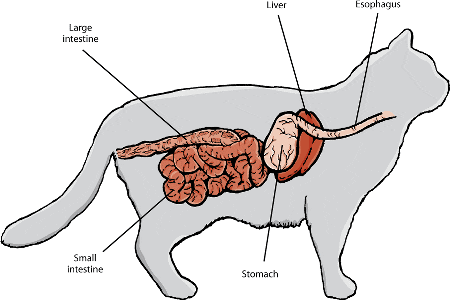
Feeding multiple cats: setting up a feeder
Several cats bring more joy to the house, but when it comes to feeding, problems can arise. Here are some tips to keep in mind if you have more than one cat.
As a rule, in most houses where several cats live, the easiest way out will be separate feeders in different places.
This is especially true when one of the cats needs to be given a certain type of food, for example Hill’s Prescription Diet. Free feeding can become a problem when there are several cats at home, primarily because it becomes difficult to control the appetite and food intake of each of them. Things can get more complicated when your cat is not feeling well. In addition, more active animals can block access to the food bowl and keep more shy ones out of it, as well as drive them away from the bowl before they finish eating. Conflict between pets is often hidden: cats mostly communicate through eye contact, facial expressions, and body language.
Installing the feeder
How to feed two cats? Each of them can eat in a separate room behind a closed door. Typically, a regular feeding schedule is used and each cat is given a certain amount of time to feed (eg, 20 to 30 minutes). Water should be constantly freely available and in several places.
There are ways to feed overweight cats separately from thinner ones. For example, a hook with a limiter can be hung on the door to one of the rooms so that only a cat can pass through the gap without problems with being overweight. Or a slender cat can be fed on a high surface, such as a shelf or table, where an overweight cat cannot jump. You can also use a baby barrier and feed the pets in separate rooms if an overweight cat cannot jump over it.
You can make your own feeder using a plastic container and a cat door that reacts to your pet’s microchip. You can also buy feeders. On the recommendation of your veterinarian, the food in the feeder can be left freely available or follow a dietary regimen. Another option is to use an automatic feeder with a timer.
Regardless of the meal plan chosen it is helpful to consult with a veterinarian about the number of calories your pet consumes each day. If a household with several cats has free access to food or a combination type of food, it is important that the amount of food for cats daily does not exceed the total caloric requirements for each of them.
Give your cat most of the daily ration when the family is at home. This will reduce the likelihood that your pet will learn to beg for food. Full bowls of cat food should not be freely availablewhen no one is at home.





